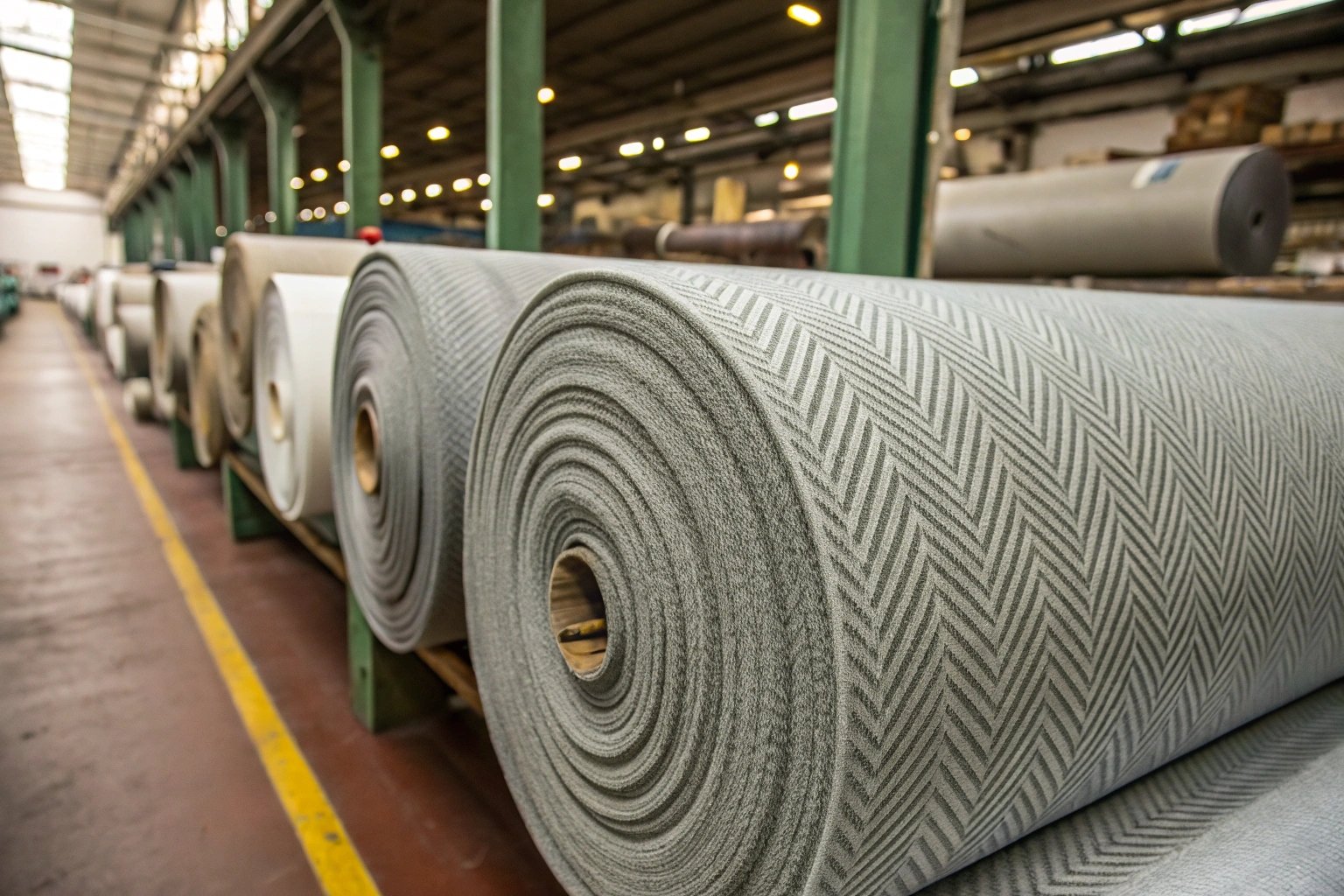Workers in harsh environments rely on garments that won’t fail under stress—yet many workwear buyers still choose fabrics based solely on price or weight, without understanding weave structure. Twill fabric, with its distinct diagonal rib, offers unmatched balance between flexibility and durability. But not all twill is created equal.
To choose the right twill for durable workwear, buyers must understand weave types, yarn specs, fabric weight, and finishing treatments. These factors affect comfort, abrasion resistance, and lifespan.
At Fumao Fabric, we've helped industrial uniform brands and safety-wear companies across Europe and the U.S. select the right twill blend for their target industries—from lightweight twills for mobile workers to FR-treated canvas twill for construction. Below, I’ll walk you through the essentials of picking the right twill weave.
What Are the Main Types of Twill Weaves?
Twill weaves are identified by their diagonal lines on the fabric surface, created by the interlacing of warp and weft threads in repeating sequences. The pattern affects not only the fabric's look but also its strength, flexibility, and drape.
The most common twill types in workwear are 2/1, 3/1, and special patterns like herringbone or broken twill. Each has specific use cases based on wear intensity and job environment.
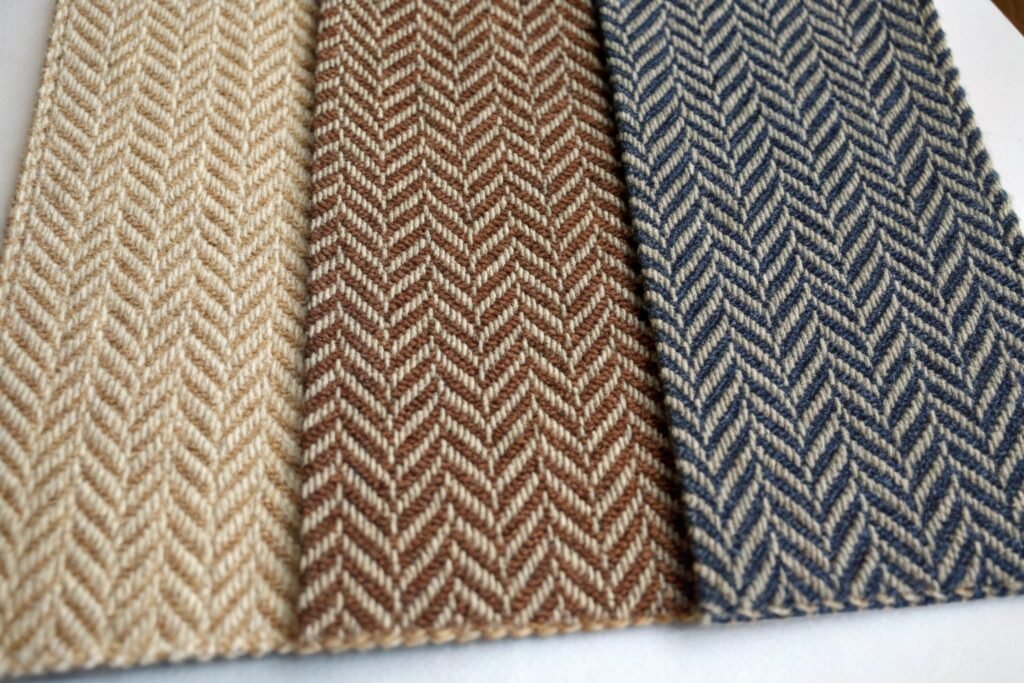
What Is the Difference Between 2/1 and 3/1 Twill?
A 2/1 twill interlaces two warp yarns over one weft, offering good flexibility and lighter weight. It's used in applications like service uniforms or casual industrial apparel. In contrast, 3/1 twill is heavier and stronger—three warp threads over one weft—used for more rugged work like welding jackets or mining overalls.
For example, one of our American clients who supplies offshore oil rig uniforms uses 100% cotton 3/1 twill with FR coating to meet both durability and fire safety standards.
How Do Special Twills Like Herringbone Perform?
Herringbone and broken twill patterns alternate the diagonal line direction, giving a balanced, stylish appearance. While they’re commonly seen in fashion, they also serve workwear applications by resisting torque and skewing during wear or washing.
Clients in hospitality and maintenance industries often prefer broken twill for pants due to its anti-wrinkle structure and better surface stability after repeated industrial laundering.
How Does Yarn Count and Fiber Type Affect Strength?
The weave is important, but the raw yarn used in that weave determines how it behaves under stress. Yarn count refers to the thickness of the yarn, and fiber type determines tensile strength, heat tolerance, and shrinkage.
Choosing the right yarn count and fiber type helps optimize fabric for both durability and wearer comfort in different climates and jobs.
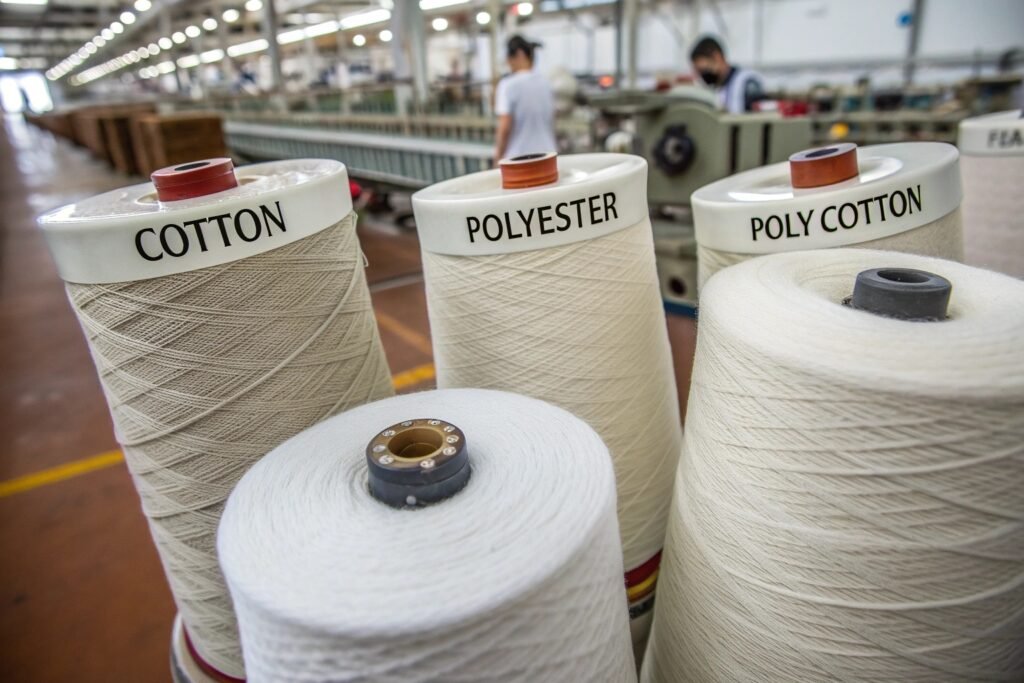
What Is the Ideal Yarn Count for Workwear Twill?
For durability, workwear twills often use medium-to-coarse yarns like 20s to 10s count. A 10x10 twill means both warp and weft use 10-count yarns—thicker and more rugged. This is ideal for construction or industrial sectors.
Some clients request 20x16 twills for garments like lab coats and housekeeping uniforms—lighter but still resilient. The goal is matching performance with task intensity.
Is Cotton or Polyester Blend Better?
Pure cotton is breathable and heat-resistant but can wear out faster and shrink. Polyester blends, like 65/35 poly-cotton, offer better abrasion resistance, wrinkle resistance, and dimensional stability. This is why most utility uniforms use T/C twill fabric.
Our dyeing plant has special settings for poly-cotton blends that ensure deep colorfastness and anti-pilling surface treatment, especially popular with customers in logistics and warehousing industries.
How Does Fabric Weight Influence Durability?
GSM (grams per square meter) indicates how heavy and dense a fabric is. In twill fabrics, higher GSM usually means greater durability—but it can also mean less flexibility or higher heat retention.
Selecting the right weight balances protection with comfort. High-wear jobs need heavier twill; mobile workers need lighter, breathable fabric.
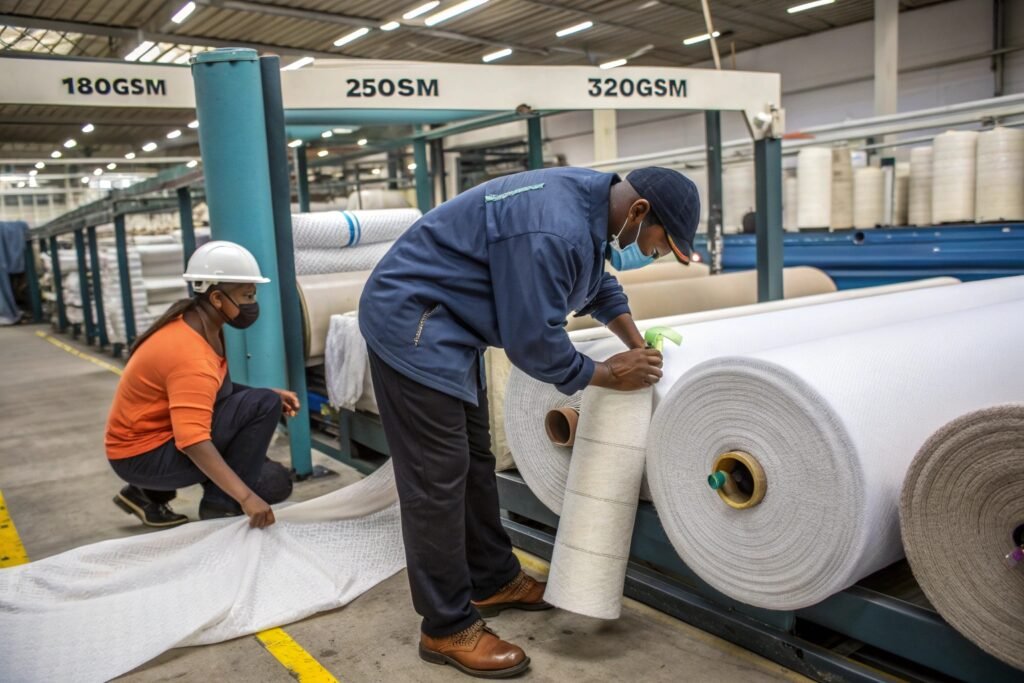
What Is a Good GSM Range for Workwear Twill?
Most durable workwear twill falls in the 240–350gsm range. 320gsm cotton twill is ideal for carpenter pants or heavy-duty jackets. For shirts and summer uniforms, 180–220gsm blends work better.
Our European clients often request dual-layer twills with 280gsm outer layer and soft brushed inner finish for winter uniforms—strong on the outside, soft on the inside.
Does GSM Affect Wash Durability?
Yes, heavier twills tend to shrink less and last longer under industrial laundering cycles. That said, finishing treatment also plays a big role. We offer sanforized and pre-shrunk options to ensure shape retention. Combined with anti-fade dyeing, these options extend garment life even under commercial washing.
What Finishing Treatments Improve Workwear Performance?
The right twill weave may form the base, but finishing gives it the necessary job-specific functionality—like flame retardance, oil resistance, or UV protection.
Finishing transforms basic twill into job-ready fabric. Choose mills that can apply treatments in-house for better quality control and lower lead times.
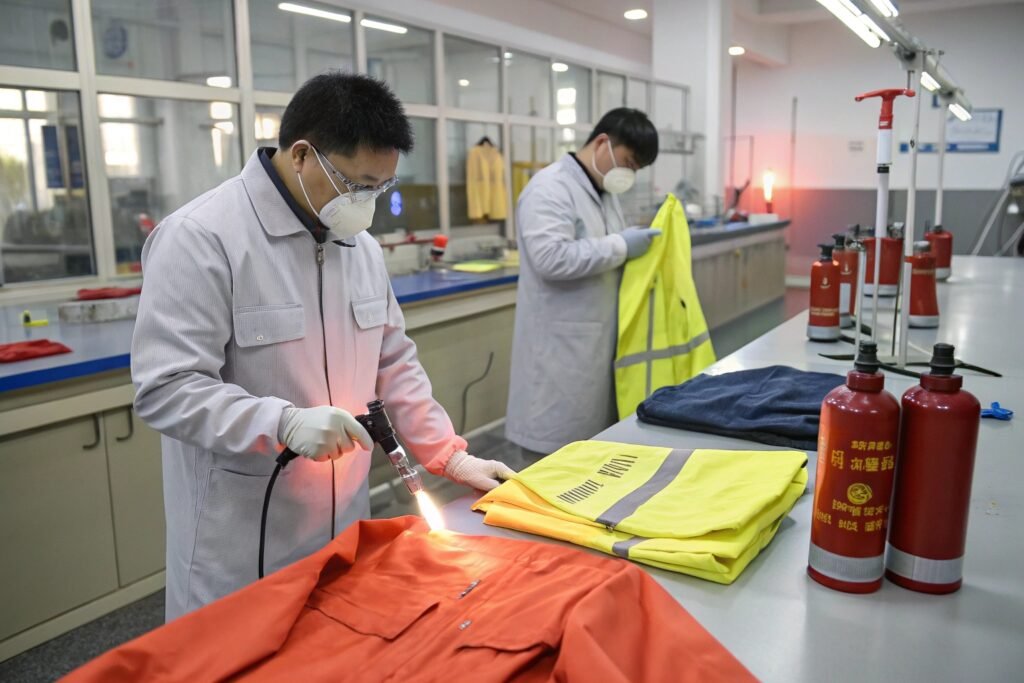
What Are the Most Common Treatments?
We provide several finishes for workwear, including FR treatments (for welders), water repellent finishes (for outdoor technicians), anti-static finishes (for electronics factories), and oil-resistant coatings (for auto repair uniforms).
Clients in high-risk jobs often ask for multiple treatments. For example, our FR + anti-oil twill for a German client in chemical logistics has passed EN ISO 11611 and 13034.
Are Eco-Friendly Finishes Available?
Yes. We offer PFC-free water repellents and non-formaldehyde wrinkle resistance upon request. Some clients selling sustainable uniforms in the U.S. now demand GRS-certified recycled twill + bio-based finishing agents. These options balance performance and environmental compliance.
Conclusion
Choosing the right twill for workwear involves more than picking a thick fabric. You need to consider weave pattern, yarn count, GSM, and special finishing. These combined factors define how the fabric will behave in real-world use. At Fumao, we don’t just supply twill—we guide you to the version that works best for your exact job needs. Whether you need flame resistance, lightweight stretch, or heavy-duty toughness, we have the weave, yarn, and finish to match.

